
Top 15 Amazon Web Services Cloud Security Tools
Want to enhance your AWS environment? Start by familiarizing yourself with our top 15 Amazon Web Services cloud security tools. In this article, we will explore the top 15 AWS security tools. We will also understand the difference between traditional security measures and AWS cloud security.
Key Takeaways
-
Understand the significance of Amazon Web Services (AWS) Cloud Security.
-
Explore 15 top AWS cloud security tools for enhancing security and compliance.
-
Learn about the key features and functionalities of each AWS security tool.
-
Differentiate between AWS cloud security measures and traditional security approaches.
-
Gain insights into the shared responsibility model in AWS cloud security.
What are Amazon Web Services Cloud Security?
Amazon Web Services (AWS) Cloud Security refers to the practices, technologies, and processes.
These help protect data, applications, and infrastructure hosted on the AWS cloud platform.
It offers a wide range of services and features to enhance security and compliance. Users should understand their responsibilities in securing their assets within the AWS environment.
15 Best Amazon Web Services Cloud Security Tools
1. AWS Identity and Access Management (IAM)
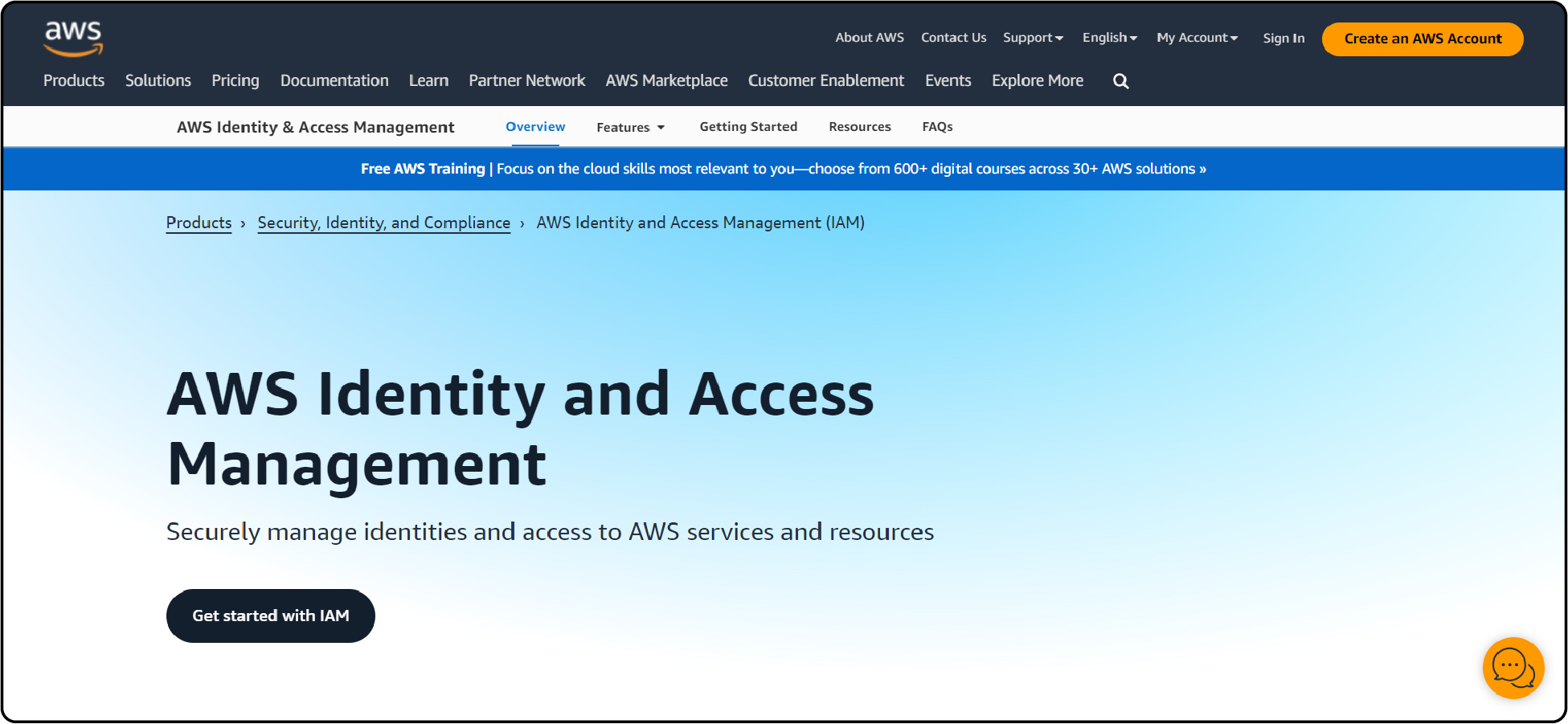
IAM allows you to manage user identities and their permissions. It enables you to implement the principle of least privilege. It also supports multi-factor authentication (MFA). It helps:
-
Create and manage users, groups, and roles
-
Define fine-grained permissions using IAM policies.
-
Securely control access to AWS services and resources.
2. AWS Key Management Service (KMS)
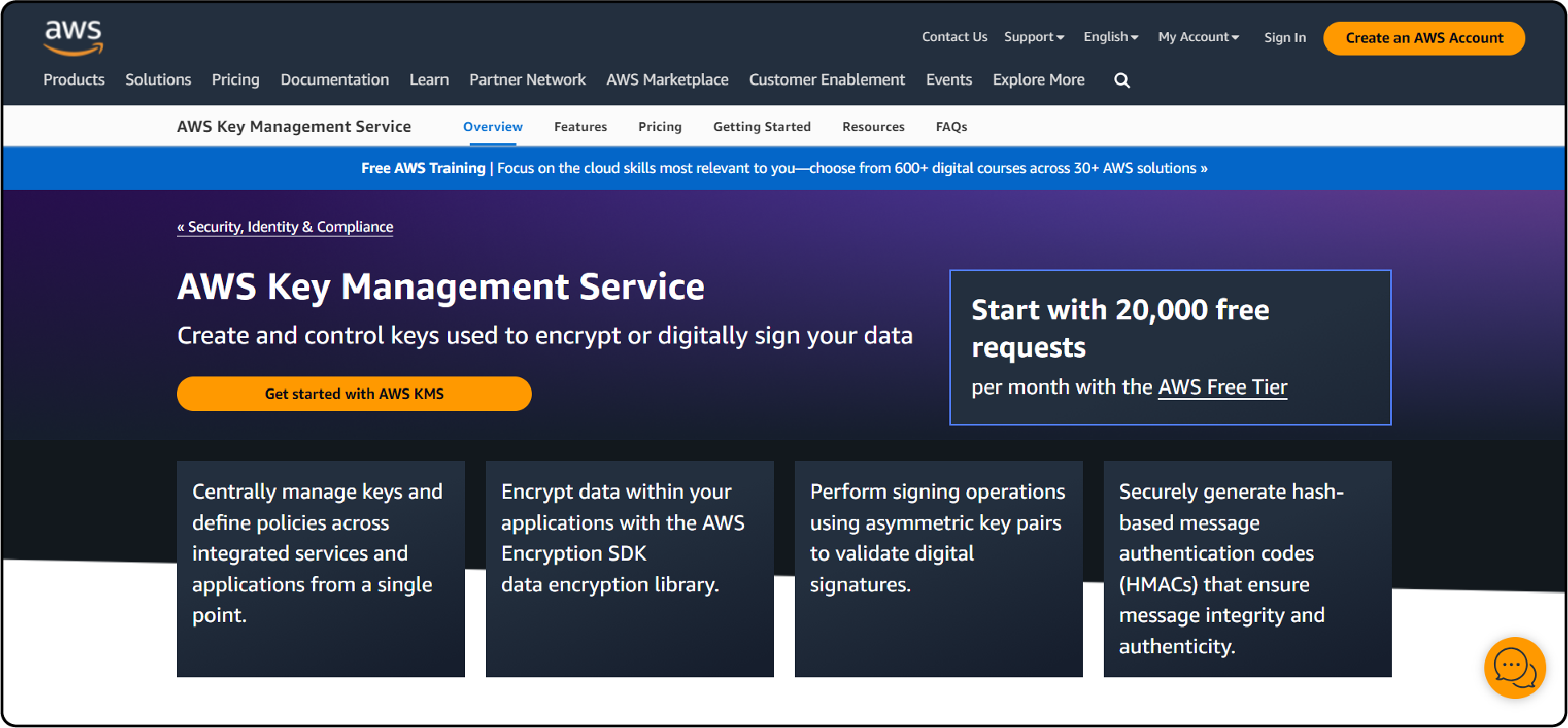
KMS is a managed service. It enables you to create and control encryption keys used to encrypt your data. It integrates with other AWS services to encrypt data at rest and in transit. It provides strong security controls over your sensitive information.
3. Amazon GuardDuty
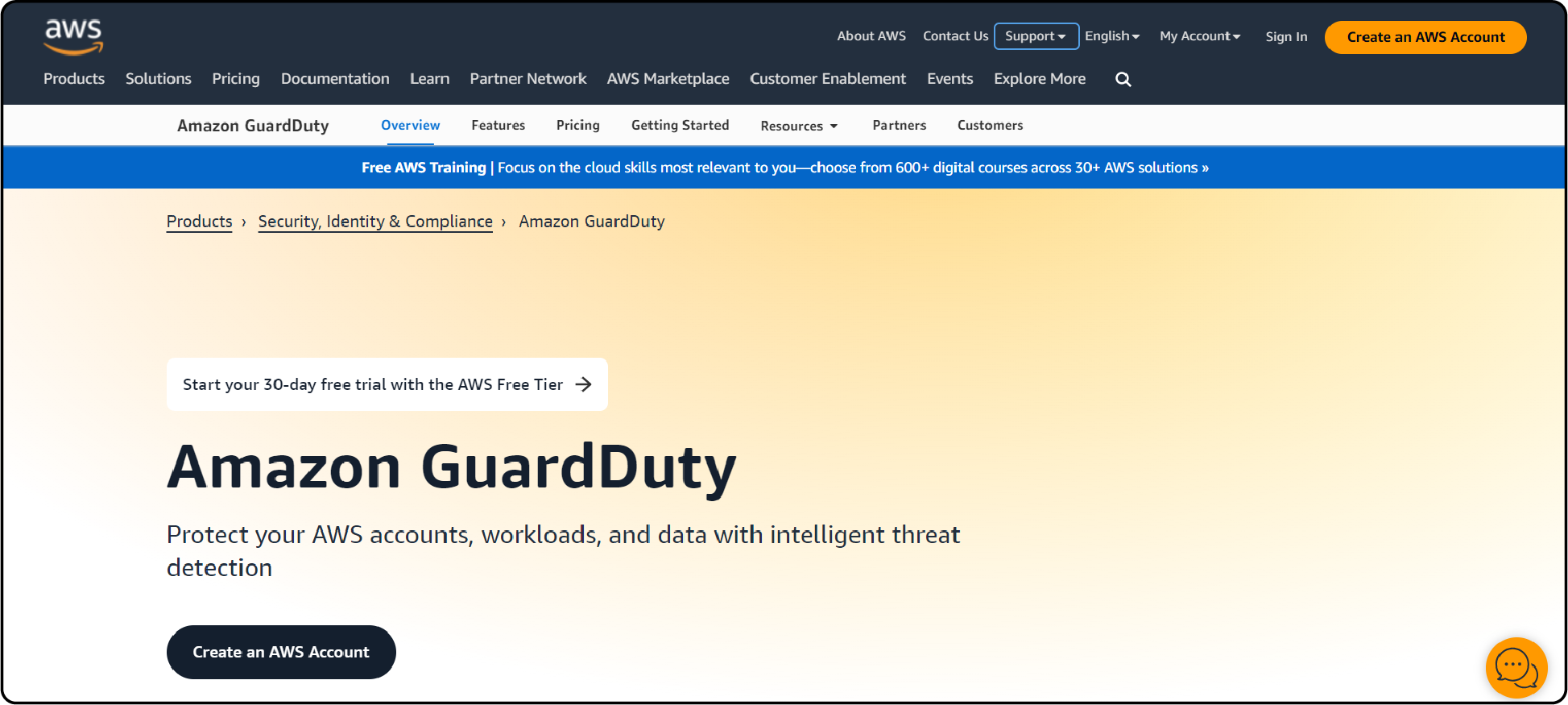
Amazon GuardDuty is a powerful threat detection tool. It continuously monitors various log sources across your AWS account, including:
-
VPC Flow Logs
-
DNS logs
-
CloudTrail event logs.
It monitors workloads for malicious activity and unauthorized behavior. It analyzes events and provides actionable security findings using machine learning. It implements sophisticated machine-learning algorithms to detect anomalies.
It includes EC2 instances making an unusually large number of API calls to a wide range of IP addresses.
It also incorporates curated threat intelligence feeds. It includes information on domains and IP addresses associated with malicious activity.
4. AWS CloudTrail
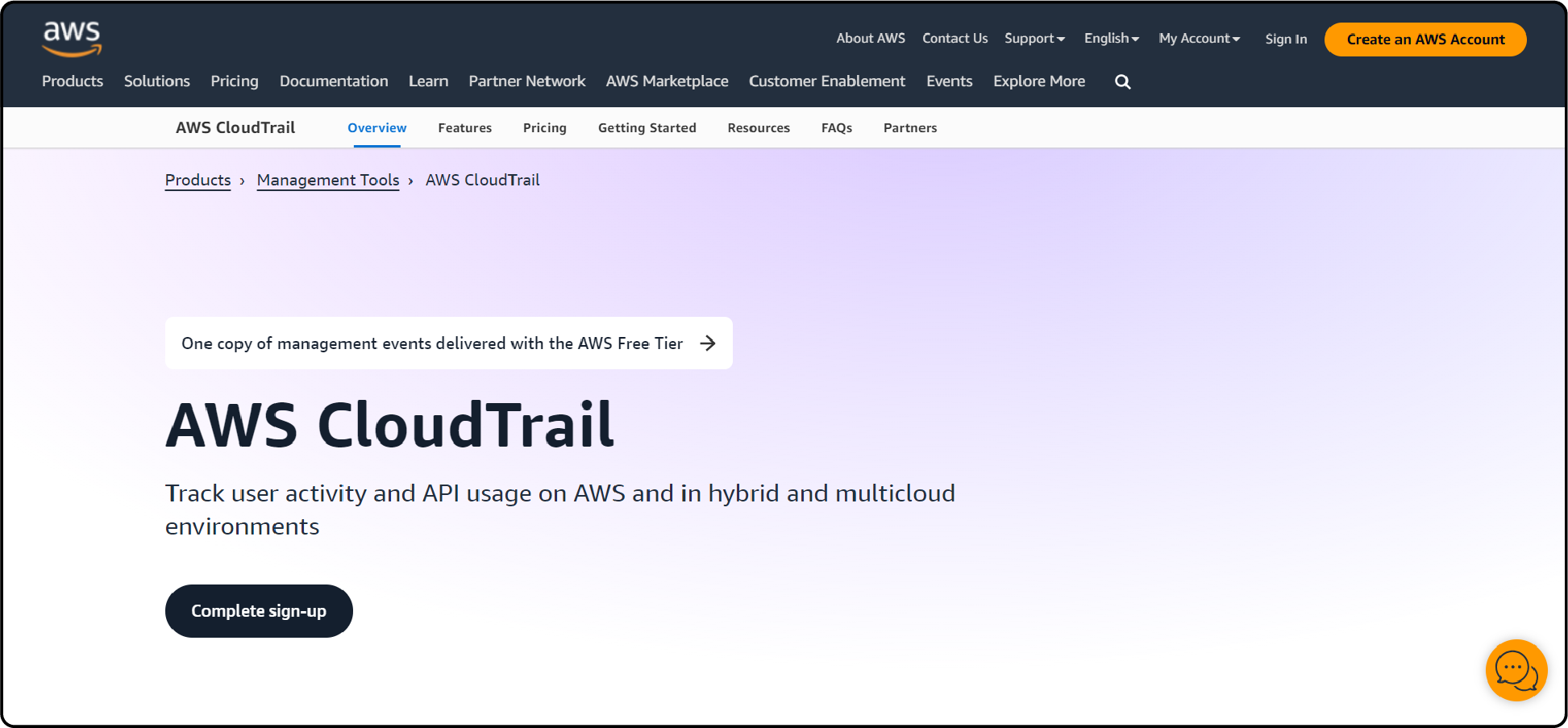
AWS CloudTrail records API calls and actions taken by users, services, and AWS resources. It provides detailed logs for:
-
Auditing
-
Compliance
-
Troubleshooting.
It captures information such as:
-
The identity of the caller
-
The time of the API call
-
The parameters used.
5. Amazon Inspector
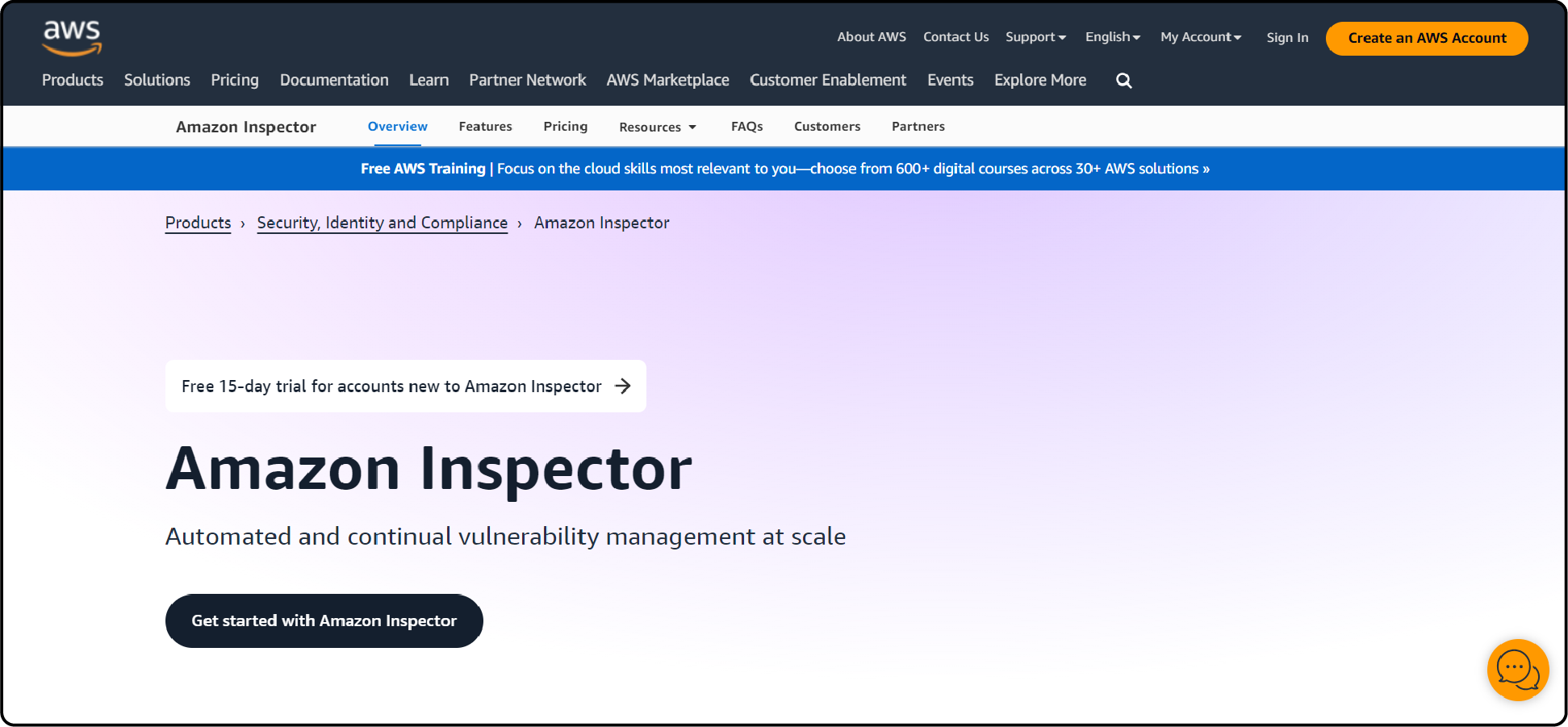
Amazon Inspector is an automated security assessment service. It helps you identify security vulnerabilities and compliance issues in your AWS resources.
It provides detailed findings and prioritized recommendations. These improve the security posture of your applications.
6. AWS Config
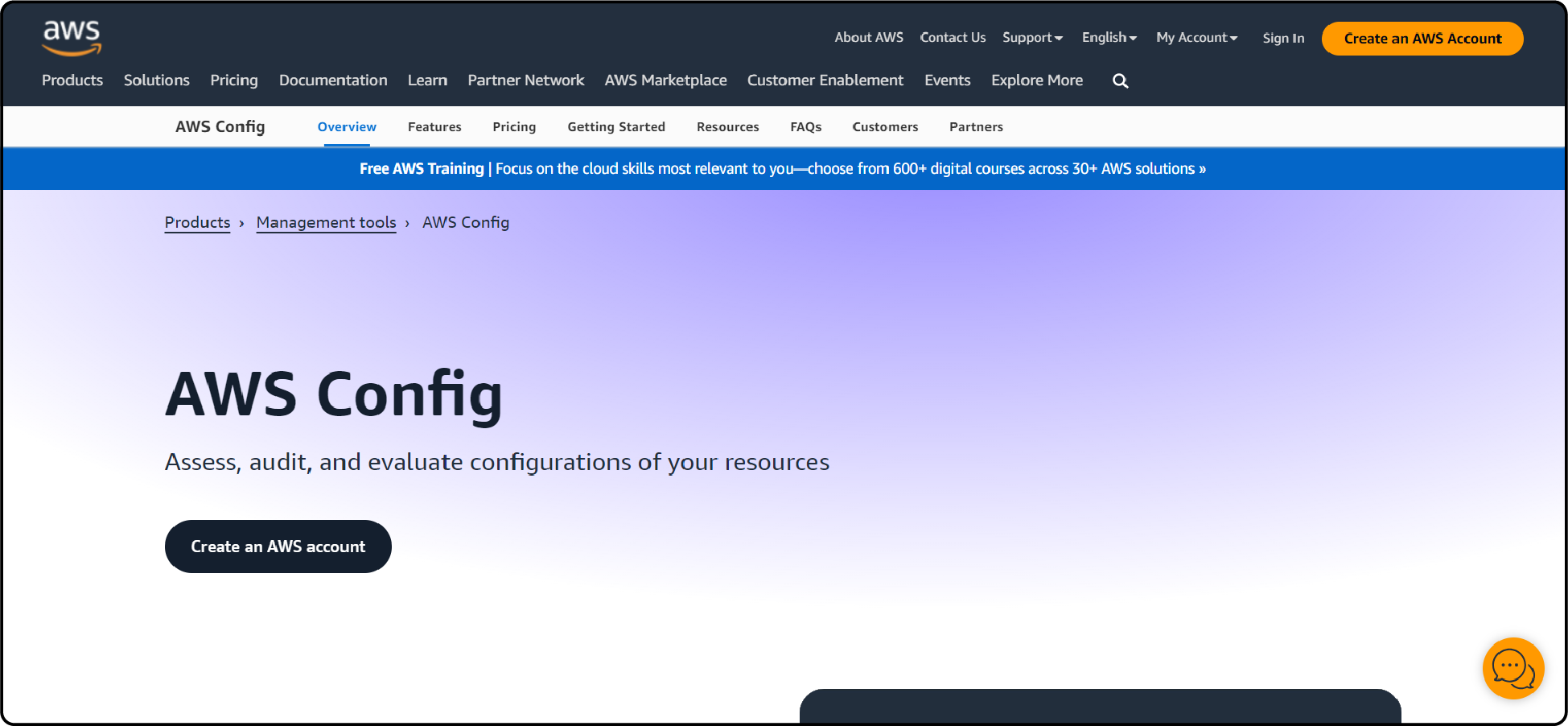
AWS Config continuously tracks the configuration state of resources in your AWS account. It lets you compare that against the desired configurations you define. It also helps you:
-
Assess resource configurations against predefined rules
-
Detect changes
-
Maintain compliance with policies and security best practices.
7. Amazon Macie
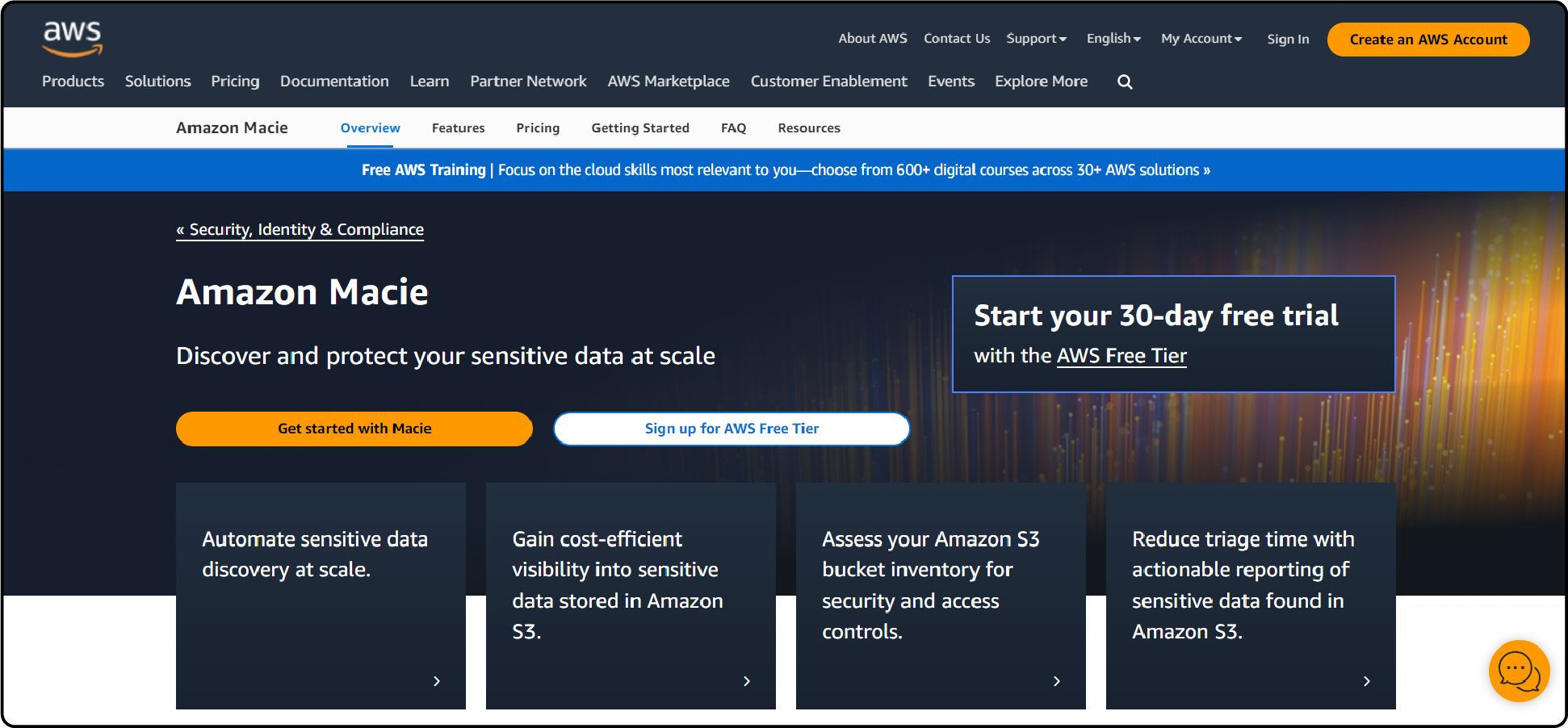
Amazon Macie is a data protection service. It uses machine learning to discover, classify, and protect sensitive data stored in Amazon S3 buckets. It automatically identifies:
-
Personally identifiable information (PII)
-
Intellectual property
-
Other sensitive data types.
8. AWS WAF (Web Application Firewall)
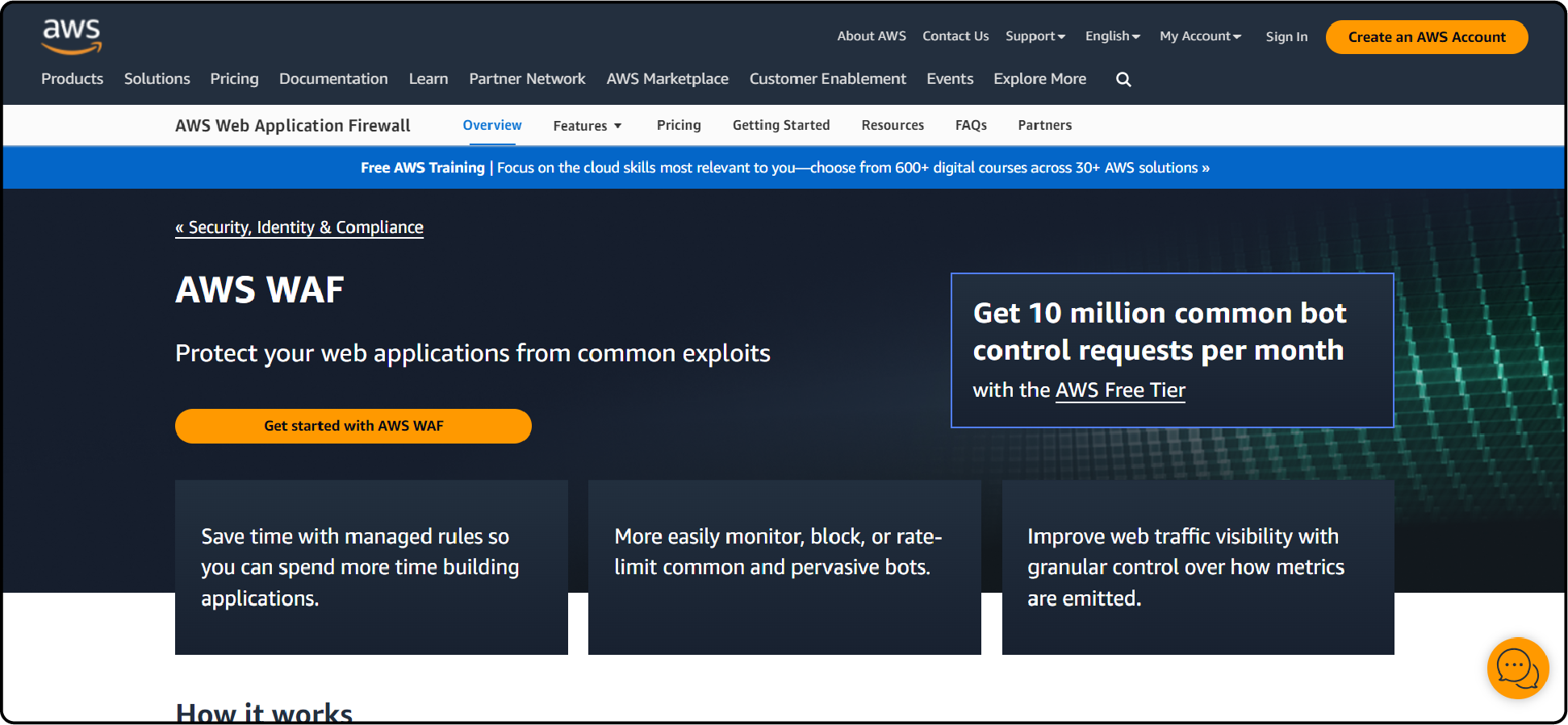
AWS WAF protects your web applications from common web exploits and vulnerabilities. It allows you to define custom rules and conditions to filter incoming HTTP and HTTPS requests. It helps prevent attacks such as:
-
SQL injection
-
Cross-site scripting (XSS)
-
Distributed denial-of-service (DDoS).
9. Amazon VPC (Virtual Private Cloud)
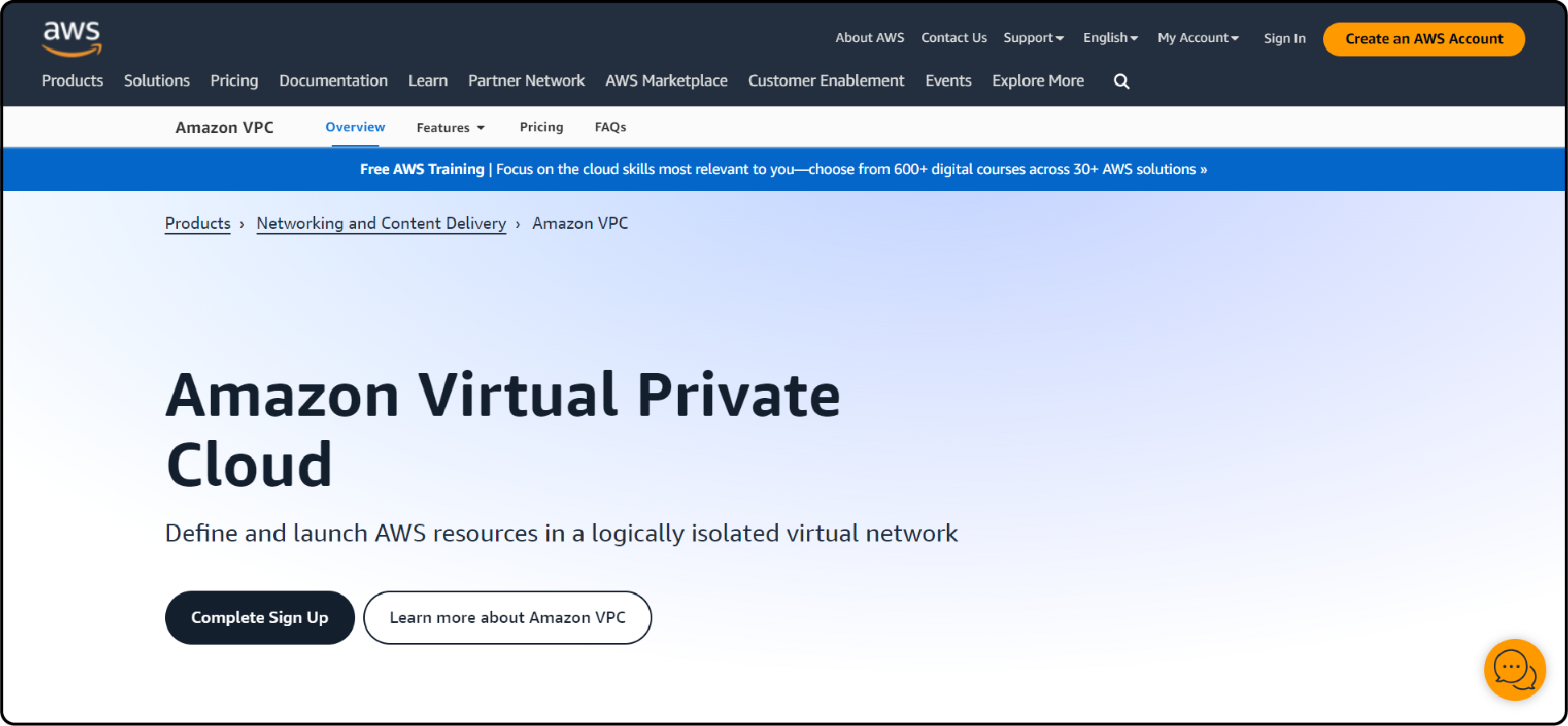
Amazon VPC allows you to provision a logically isolated section of the AWS Cloud. It is where you can launch AWS resources in a virtual network that you define. It enables you to:
-
Control network traffic
-
Configure security groups
-
Establish private connectivity to your on-premises infrastructure.
10. AWS Shield
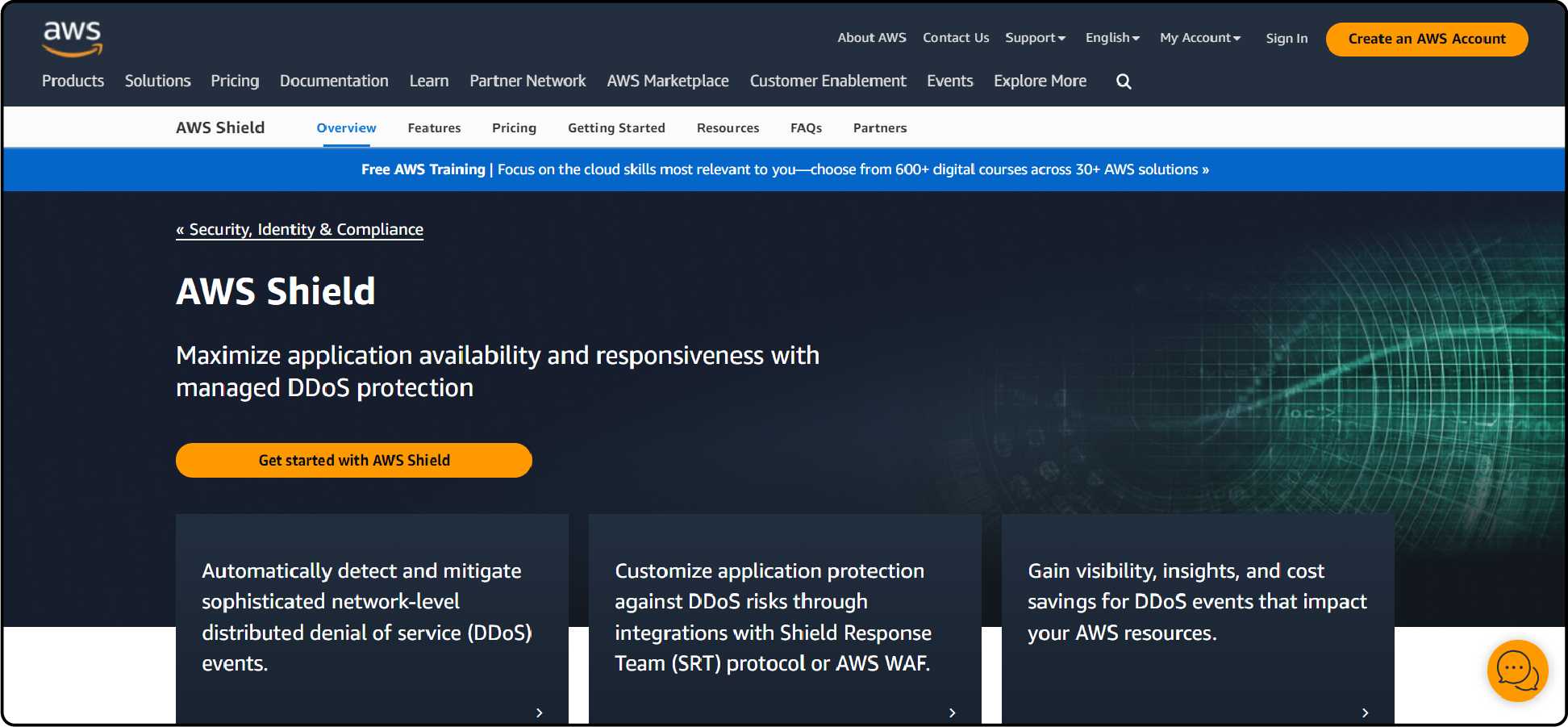
AWS Shield is a managed DDoS protection service. It helps safeguard your web applications running on AWS against:
-
Volumetric
-
State-exhaustion
-
Application-layer attacks.
It provides always-on detection and mitigation of DDoS threats.
11. AWS Secrets Manager
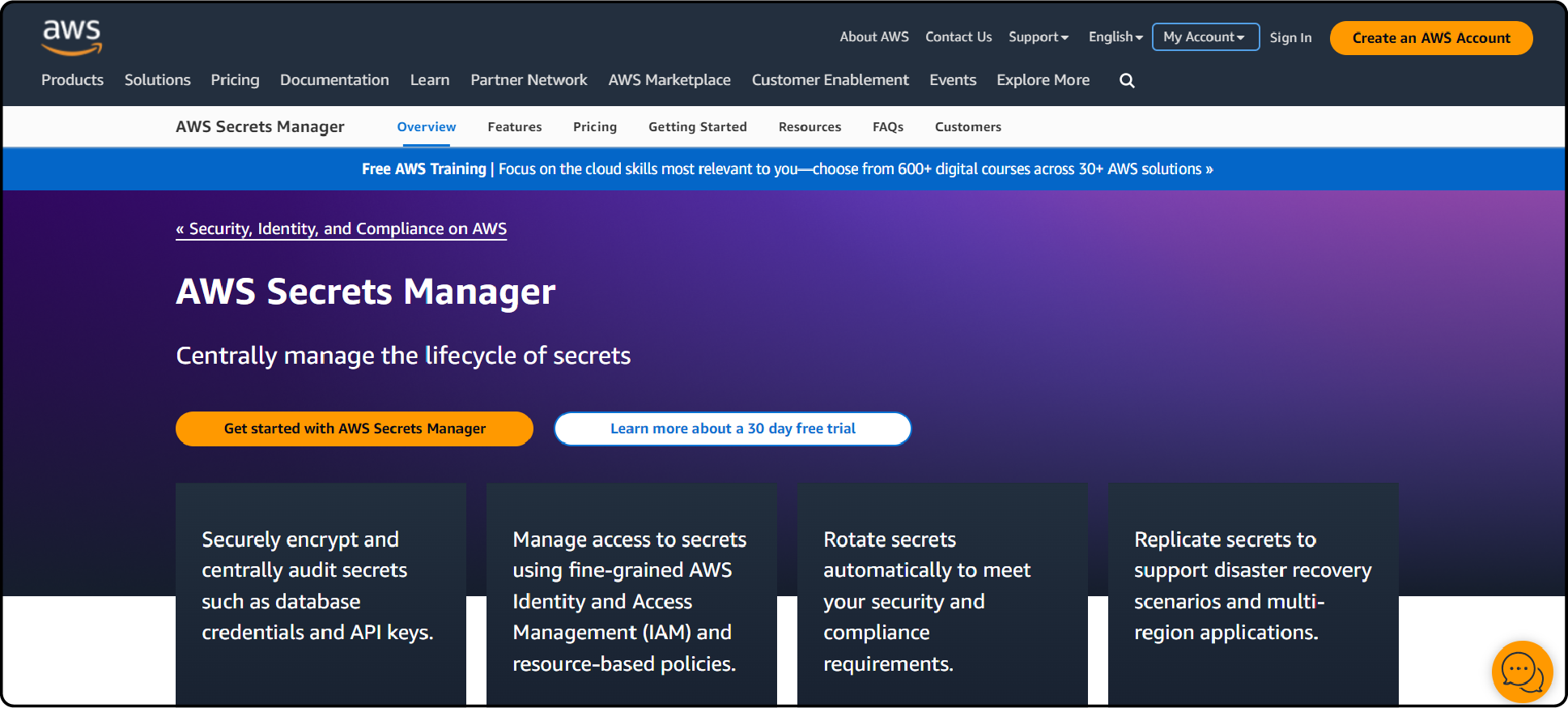
AWS Secrets Manager helps you securely store, rotate, and manage access to your:
-
Database credentials
-
API keys
-
Other sensitive information.
It centralizes and automates the management of secrets. It reduces the risk of unauthorized access.
12. AWS Security Hub
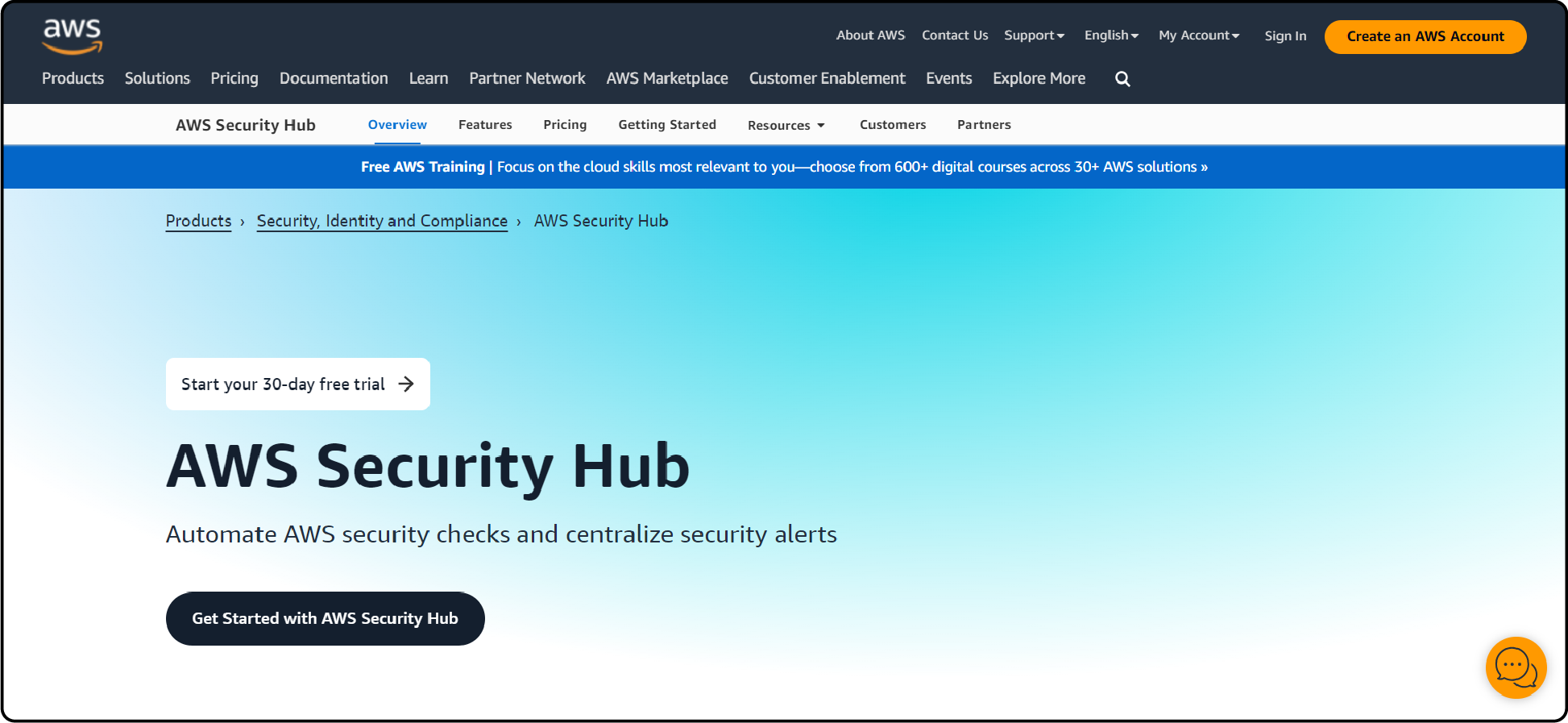
AWS Security Hub provides a comprehensive view of your security posture. This view is provided across your AWS accounts and services. It aggregates and prioritizes security findings from various:
-
AWS services
-
Supported third-party tools.
It allows you to identify and remediate security issues.
13. Amazon Detective
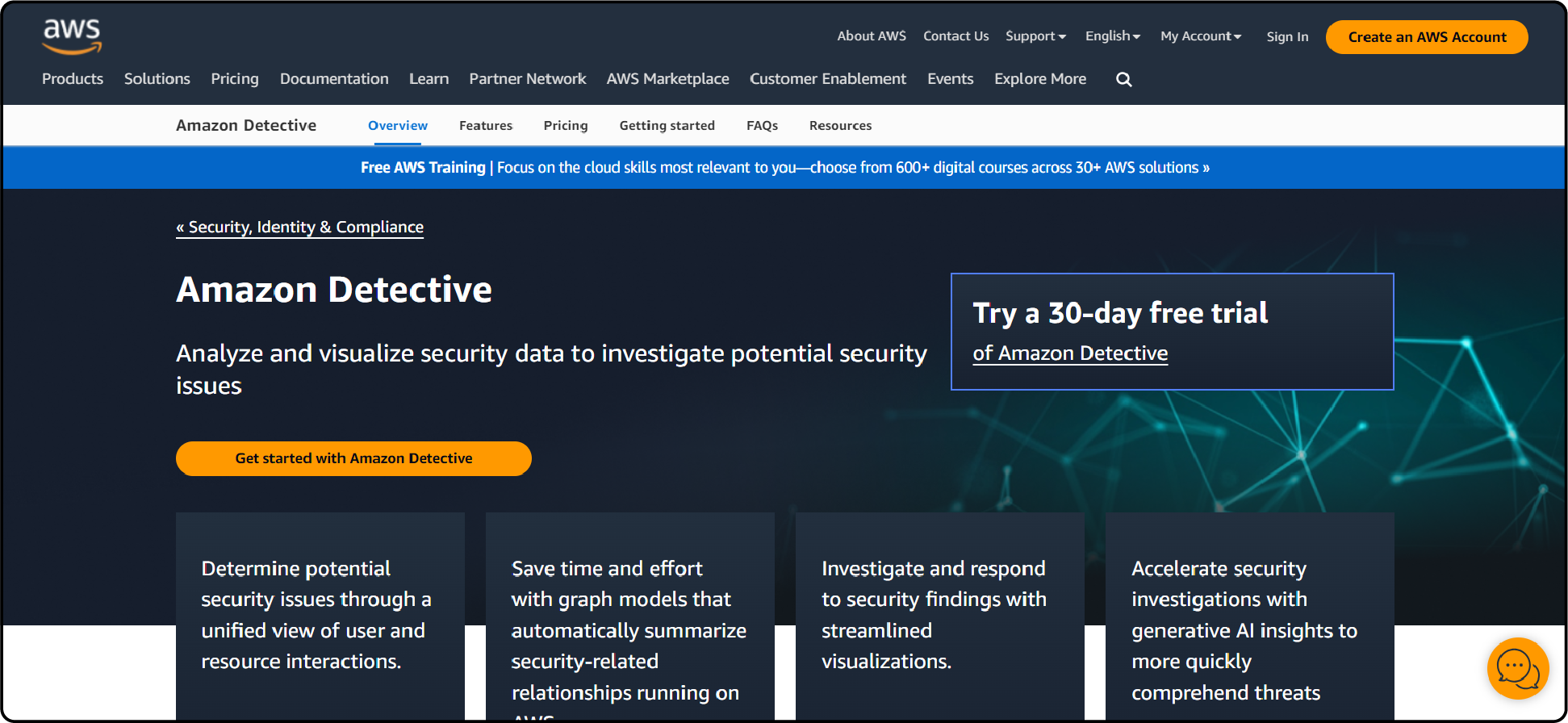
Amazon Detective is an investigative service. It helps you analyze, investigate, and identify the root cause of security findings. It also helps detect suspicious activities in your AWS environment.
It visualizes and correlates security data using:
-
Machine learning
-
Statistical analysis
-
Graph theory.
14. AWS Firewall Manager
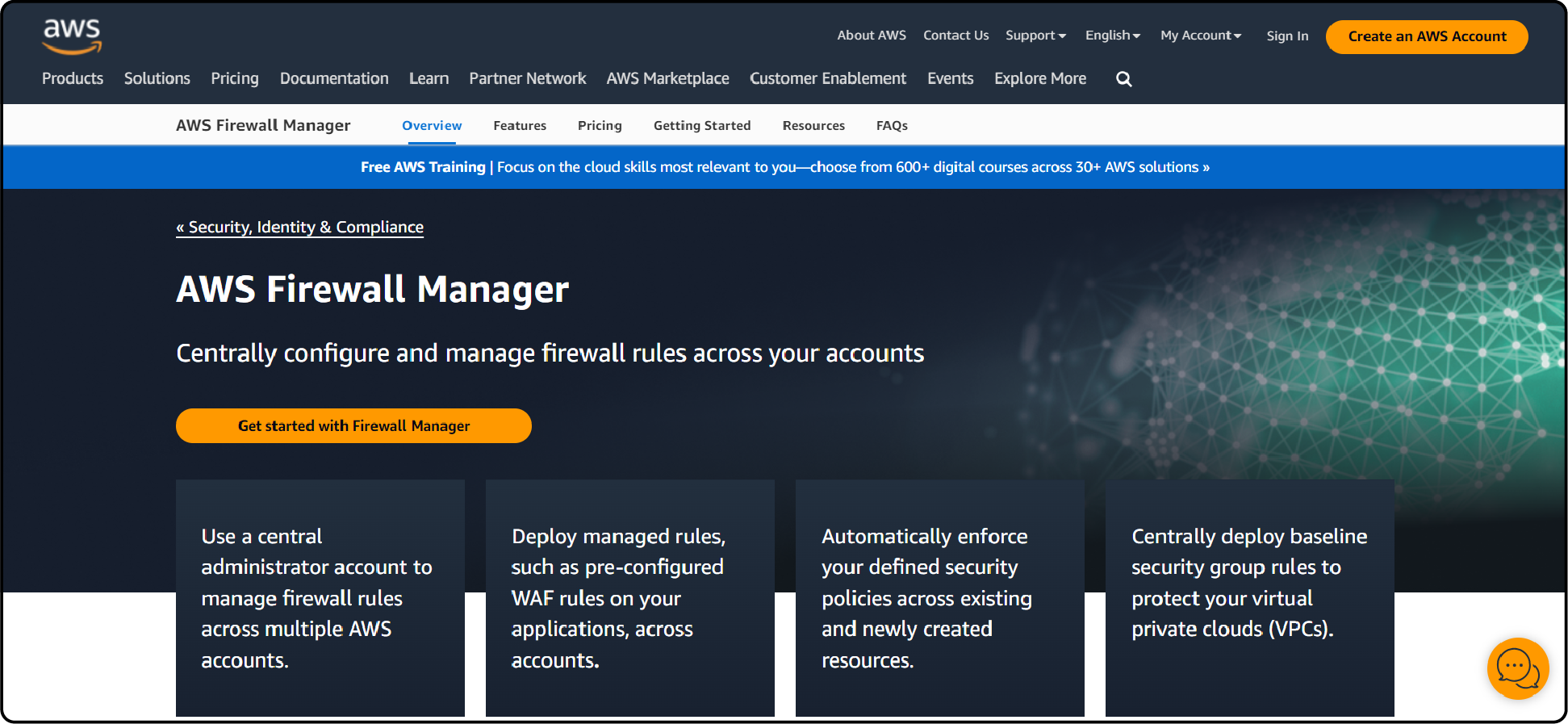
AWS Firewall Manager centrally manages and applies firewall rules. It is applied across multiple AWS accounts and resources. It allows you to define and enforce security policies using:
-
AWS WAF rules
-
AWS Shield Advanced protections
-
VPC security groups.
15. AWS Certificate Manager
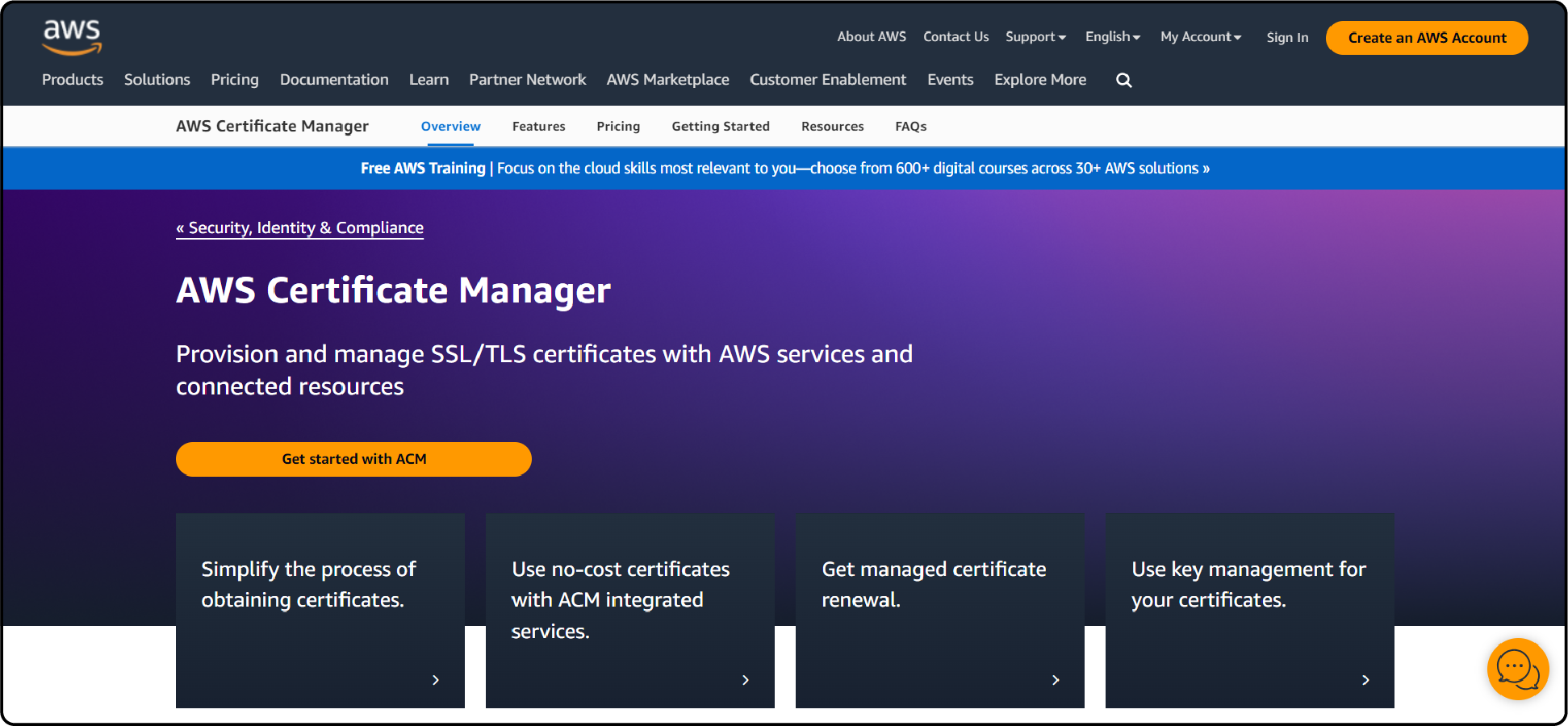
AWS Certificate Manager simplifies the management of SSL/TLS certificates. It provides a centralized solution for provisioning, managing, and deploying certificates.
These certificates are used with AWS services and your internally connected resources.
Difference Between AWS Cloud Security and Traditional Security Measures
| Aspect | AWS Cloud Security | Traditional Security Measures |
|---|---|---|
| Responsibility Model | It offers shared responsibility between AWS. It includes hardware, software, networking, and facilities. AWS Customers are responsible for securing their data, applications, and configurations. | Organizations typically have full responsibility for securing their entire infrastructure. It includes physical servers, networking equipment, and applications. |
| Scalability and Elasticity | It allows resources to be provisioned and de-provisioned dynamically. It is based on demand, ensuring scalability. Security measures must be designed to scale dynamically with the infrastructure and workload. | Physical infrastructure constraints may limit scalability. This makes it challenging to adapt security measures to dynamic workload changes effectively. |
| Infrastructure | These are virtualized, with multiple customers sharing the same physical hardware. It introduces new security challenges, such as the risk of "noisy neighbors." | These are often focused on securing physical infrastructure. They don’t consider virtualization and multi-tenancy challenges. |
| Perimeter Security | It uses dynamic perimeter security models. It leverages virtual networks like VPCs. Security measures must adapt to this dynamic perimeter model. | They typically rely on a defined perimeter. It separates the internal network from the external internet. |
| Management and Monitoring | It provides centralized management and monitoring tools like AWS Config and AWS CloudTrail. These help monitor security configurations and log activities. | They may involve disparate tools and processes for different parts of the infrastructure. This makes centralized management and monitoring challenging. |
| API-Driven Infrastructure | AWS provides APIs for managing and interacting with cloud resources. It enables automation and programmability. Security measures need to consider API access and management. | It may involve less reliance on APIs to manage AWS infrastructure. More manual processes are needed for configuration and management. |
| Compliance and Governance | It offers various compliance certifications and assurances. It provides transparency into the security and compliance posture of its services. | Compliance management in traditional environments is typically managed internally. It is based on industry standards and regulations. |
| Cost Management | It follows a pay-as-you-go pricing model. It offers tools like AWS Cost Explorer for monitoring usage and optimizing costs. Security measures must consider cost management to prevent unauthorized or excessive spending. | It may involve separate processes with less visibility into resource usage and spending. |
| Incident Response | It provides tools like AWS GuardDuty and AWS Inspector for threat detection. These also help in vulnerability assessment. It aids in incident response. | Incident response in traditional environments is typically managed internally or through third-party vendors. It offers potentially less visibility into security events and threats. |
FAQs
1. What are the top considerations when selecting AWS tools to meet your security needs?
Prioritize features that align with your security requirements. Look for tools offering encryption, access control mechanisms, real-time threat detection, and compliance capabilities.
2. How do AWS cloud security tools accommodate various operating systems?
Top AWS cloud security tools are designed to be operating system agnostic. It offers compatibility with a wide range of systems, including Windows, Linux, and macOS. They provide comprehensive protection regardless of the operating environment.
3. Can I find AWS cloud security tools on the AWS Marketplace?
The AWS Marketplace hosts a vast selection of cloud security tools from trusted vendors. It offers convenient access to a diverse range of solutions. These include threat intelligence platforms and compliance management tools.
4. How do AWS cloud security tools enhance data center security?
AWS cloud security tools enhance data center security. They provide advanced threat detection, encryption, and access control capabilities. These tools help mitigate risks associated with data breaches, unauthorized access, and insider threats.
Summary
Amazon Web Services (AWS) cloud security encompasses practices, technologies, and processes. It helps safeguard data, applications, and infrastructure hosted on the AWS platform. This article uncovers:
-
AWS Cloud Security helps safeguard your data, applications, and infrastructure.
-
These 15 top AWS security tools can help establish defense mechanisms against evolving cyber threats.
-
AWS cloud security differs from traditional security measures in various aspects, including responsibility models.
-
AWS provides a shared responsibility model, dynamic scalability, and virtualized infrastructure.
Want to enhance the security and performance of your Magento website? Consider managed Magento hosting solutions for hassle-free management and reliable support.



